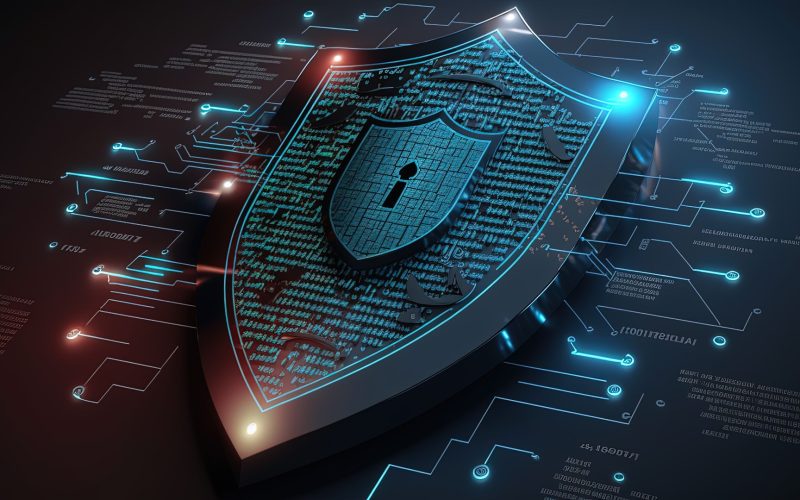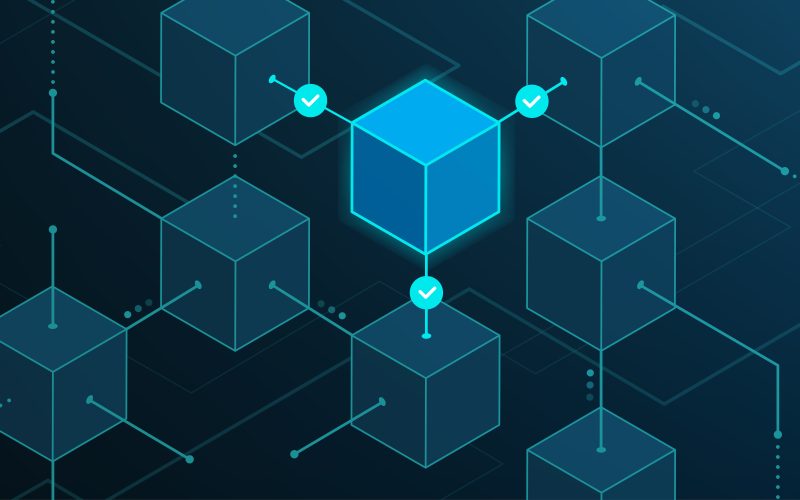In the world of decentralized exchanges (DEXs) and DeFi (Decentralized Finance), the allure of quick profits and high returns often draws in investors. However, the lack of centralized oversight in the crypto space has also created opportunities for bad actors to engage in rug pulls and liquidity traps, two of the most common forms of fraud in DEXs. A rug pull occurs when developers of a project suddenly withdraw all the liquidity, leaving investors with worthless tokens. Liquidity traps often accompany rug pulls or exist independently, where bad actors create a false sense of security by manipulating liquidity to attract unsuspecting investors.
In this detailed guide, we’ll explore how to spot early or slow rug pulls, understand the warning signs, and provide strategies to help you avoid liquidity traps. With these tools, you can navigate the DeFi space more safely and protect your hard-earned investments from these scams.
What Are Rug Pulls and Liquidity Traps?
Before diving into how to spot these schemes, it’s important to fully understand what they are and how they work.
Rug Pulls: A Breakdown
A rug pull is a type of exit scam commonly seen in DeFi projects on DEXs. In a rug pull, developers create a new token or decentralized protocol and promote it to investors, often offering high rewards or APYs (Annual Percentage Yields). Once enough liquidity has been added to the liquidity pool, the developers suddenly withdraw all the liquidity, leaving token holders with assets that are effectively worthless.
There are two types of rug pulls:
- Hard Rug Pulls: These occur when developers pre-plan the scam and abruptly withdraw all liquidity. These are often quick and devastating to investors.
- Soft Rug Pulls (Slow Rugs): In this scenario, the rug pull occurs slowly over time, with developers gradually withdrawing liquidity or tokens. These are more insidious because the slow nature of the scam makes it harder for investors to detect until it’s too late.
Liquidity Traps: Manipulating Liquidity to Attract Investors
A liquidity trap occurs when a project’s developers or large token holders manipulate the liquidity pool in such a way that it attracts investors but doesn’t allow them to exit easily. This may involve locking liquidity, artificially inflating the token’s price, or using mechanisms that prevent investors from selling their tokens after buying.
Liquidity traps are particularly dangerous because they can create a false sense of security, especially when the project appears to have significant liquidity or volume. However, once the trap is set, investors find themselves unable to sell their tokens without suffering major losses.
Early Warning Signs of a Rug Pull
While spotting a rug pull isn’t always easy, especially in the fast-paced DeFi world, there are warning signs that investors should be aware of. Here are the most common red flags that could signal an impending rug pull:
Lack of Transparency
One of the first things to look for in a new project is the transparency of the team behind it. In many rug pulls, the developers remain anonymous or provide very little information about their background. While anonymity is not uncommon in the crypto space, it becomes a red flag if combined with other warning signs like vague project goals or no established reputation.
Projects with transparent teams that have a track record of successful developments are less likely to engage in a rug pull. Lack of transparency can be a serious indicator that the developers plan to disappear with investors’ funds.
Suspiciously High Returns or APYs
Many DeFi projects offer attractive staking rewards, yield farming opportunities, or high APYs to attract liquidity. However, if the promised returns seem too good to be true, they often are. High APYs—particularly those in the range of hundreds or thousands of percent—should be treated with caution. These unsustainable returns are often a way to lure in investors quickly before a rug pull occurs.
Unlocked or Poorly Timed Liquidity
In legitimate DeFi projects, liquidity is often locked for a set period to ensure that developers cannot withdraw funds prematurely. If a project has unlocked liquidity, it’s much easier for developers to pull the rug.
Additionally, check for liquidity that is locked for only short periods or is set to unlock soon. This may signal that the team plans to execute a rug pull when the lock period ends.
To avoid these risks, investors should always use tools like Unicrypt or Team Finance to check if a project’s liquidity is locked and for how long.
Developer Wallet Activity
Another major red flag for a potential rug pull is suspicious developer wallet activity. If developers or large holders (often referred to as whales) are selling large amounts of tokens, it could indicate that they are trying to exit the project slowly.
Tools like Etherscan and BscScan allow you to monitor developer and whale wallet activity. Look for large or frequent withdrawals from the contract creator’s wallet or major token holders. This is often an early indicator of an impending rug pull.
Token Distribution: Beware of Centralized Holdings
Token distribution plays a huge role in the security and sustainability of a project. If a few wallets control the majority of tokens in circulation, the risk of a rug pull or price manipulation increases significantly.
Projects with centralized token holdings allow whales or developers to dump their tokens on the market, drastically reducing the value of the token and leaving smaller investors with worthless assets. Look for projects with fair token distribution to reduce the risk of rug pulls.
No Audits or Questionable Audits
Smart contract audits are a key element of a secure DeFi project. If a project has not undergone an audit or is using a questionable audit firm, this should raise red flags. Audits conducted by reputable firms like CertiK, PeckShield, or OpenZeppelin provide assurance that the project’s smart contracts are secure and free from malicious code.
Projects that skip audits or use an unknown auditing service may have vulnerabilities that can be exploited by the developers or third-party attackers.
Signs of a Slow Rug (Soft Rug)
While hard rug pulls happen suddenly, slow rugs occur over time, making them more difficult to detect. Here’s how to spot a slow rug in progress:
Gradual Liquidity Drain
In a slow rug, liquidity is drained from the project gradually, often in small amounts, so as not to raise suspicion. By the time investors realize what’s happening, the project’s liquidity is severely diminished, making it impossible to sell tokens at a reasonable price.
To spot a slow rug, monitor the liquidity pool’s size over time. Use platforms like DexTools or Uniswap to track liquidity movements and be wary of consistent declines in liquidity without corresponding token burns or reductions in circulating supply.
Price Manipulation
In some slow rug cases, developers manipulate the price of the token through false volume and market orders. They may engage in pump-and-dump schemes to artificially inflate the price of the token and lure in more investors, only to slowly withdraw liquidity while the token’s value drops over time.
If you see unexplained price pumps without any substantial project updates or adoption, it could be a sign of a slow rug. Monitoring price action and on-chain trading volumes can help spot these manipulative tactics.
Delays in Development or Lack of Updates
Another common tactic in slow rugs is the delay of development milestones. The project may start off with promising goals and a roadmap but gradually slows down or fails to deliver on its promises. If the development team becomes unresponsive, frequently delays updates, or disappears from social media, it’s a major red flag that the project may be a slow rug.
Always check for regular communication from the team, consistent development progress, and active community engagement. Projects that suddenly go silent or offer excuses for delayed updates may be slowly pulling the rug.
How to Avoid Liquidity Traps
Liquidity traps are deceptive strategies where bad actors manipulate the liquidity pool to make it difficult for investors to exit their positions. Here’s how to avoid falling into a liquidity trap:
Ensure Sufficient Liquidity
A low liquidity pool makes it harder to sell tokens at a fair market price. Before investing in any DeFi project, ensure that there is sufficient liquidity to support trading. A project with deep liquidity is less likely to suffer from extreme price manipulation or liquidity traps.
Use tools like DexScreener to check the size of the liquidity pool and whether it can support the amount of tokens you plan to buy or sell.
Avoid Tokens with Hidden Fees or Transfer Restrictions
Some malicious projects implement hidden transfer fees or restrictions in the smart contract, preventing users from selling tokens or imposing exorbitant withdrawal fees. Always review the token’s contract code using platforms like Etherscan or have it audited by a trusted service before buying.
If you encounter difficulty selling tokens or notice unusually high fees, it may be a sign that you’re in a liquidity trap.
Be Wary of Excessive Token Locks
Token locks, especially developer token locks, can be a sign of manipulation. Some projects lock large portions of the token supply to create the illusion of scarcity or to inflate the price. While token locks aren’t inherently bad, be cautious if a large percentage of the total supply is locked for long periods, as it could be a setup for a liquidity trap once the lock expires.
Best Practices for Safe DeFi Investing
To avoid falling victim to rug pulls and liquidity traps, follow these best practices:
- Do Thorough Research (DYOR): Always conduct thorough research before investing in any DeFi project. Investigate the team, project goals, tokenomics, audits, and community engagement.
- Monitor Liquidity and Wallets: Use tools like Etherscan and DexTools to monitor the liquidity pool and developer wallets. Be cautious of any suspicious or unexplained activity.
- Prioritize Audited Projects: Only invest in projects that have undergone audits by reputable firms.
- Diversify Your Investments: Spread your investments across multiple projects and avoid putting all your funds into one asset or DeFi platform.
Navigating DeFi Safely
The DeFi space offers incredible opportunities for growth and innovation, but it also presents risks in the form of rug pulls and liquidity traps. By learning to recognize the early warning signs of these scams and employing best practices, you can protect your investments and safely navigate the decentralized financial world.
Always remember that due diligence, research, and vigilance are your best tools to avoid falling prey to bad actors in the crypto space.








